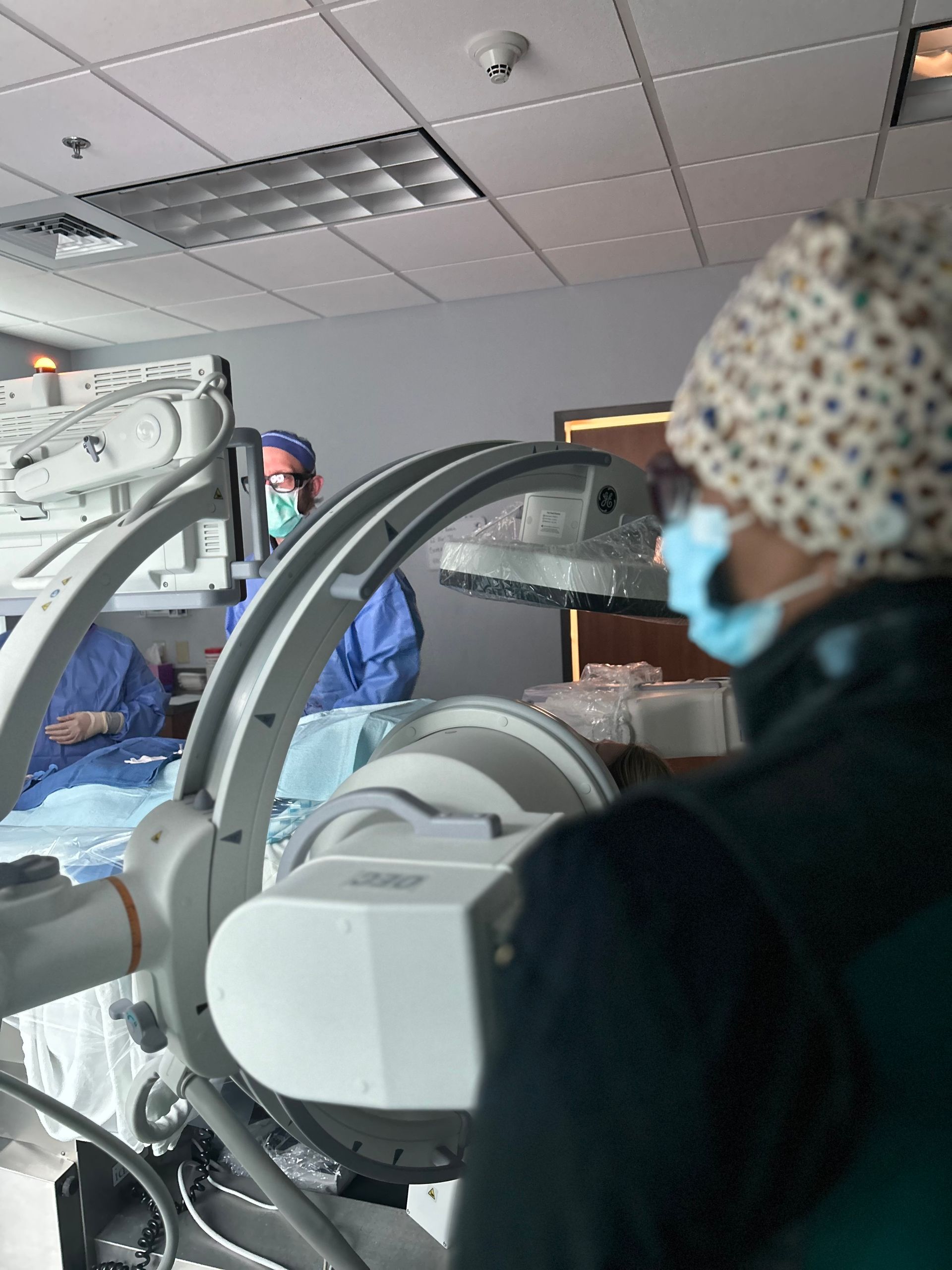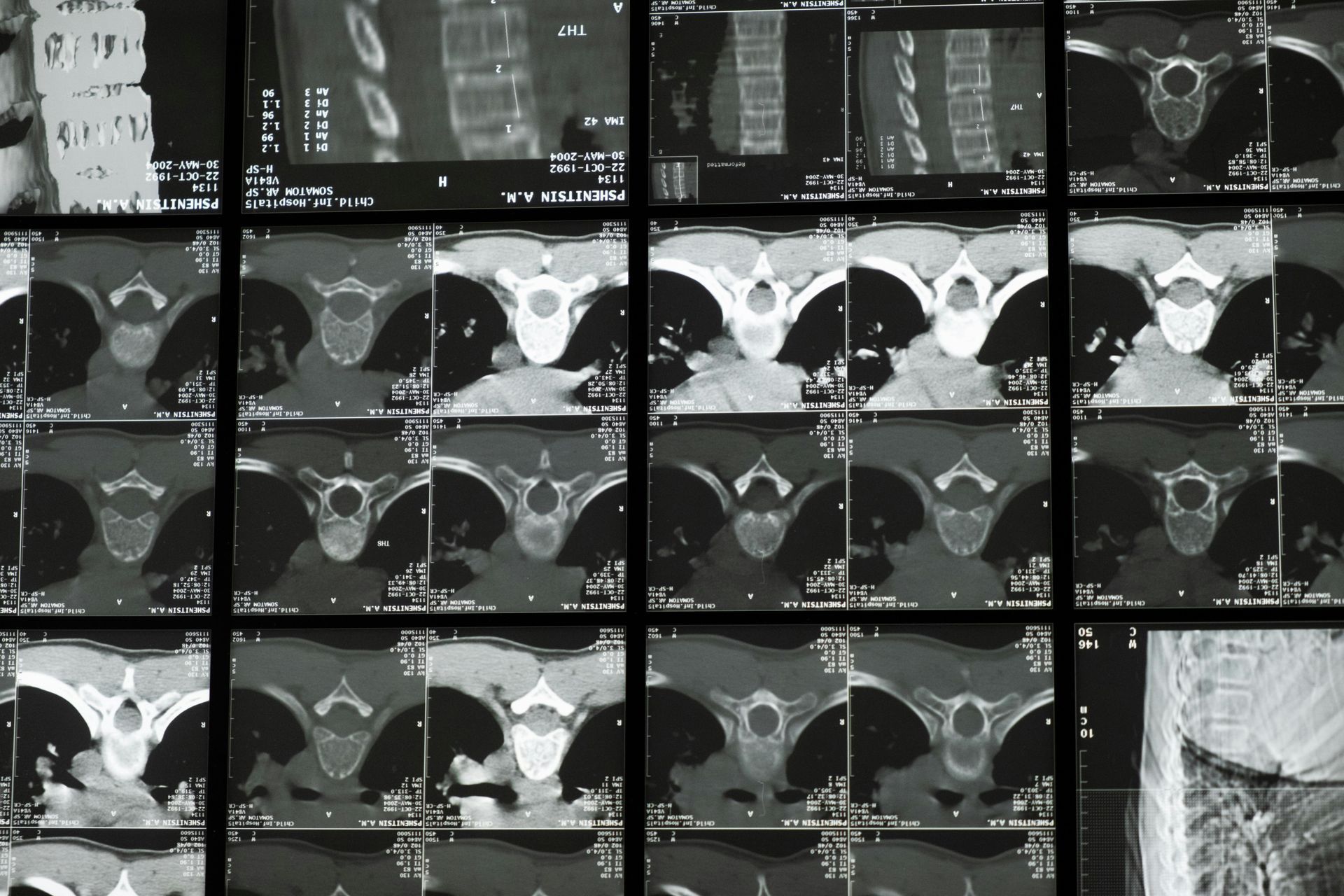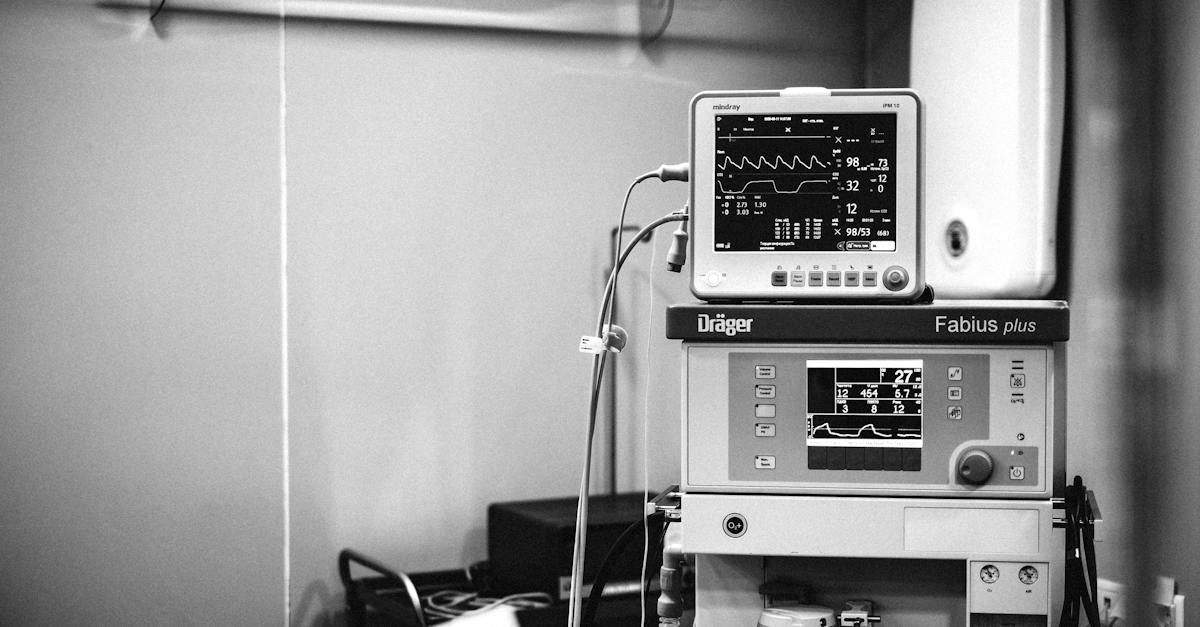New Procedure at MVI: Genicular Artery Embolization (GAE)
Genicular Artery Embolization (GAE)

What is Genicular Artery Embolization (GAE)?
Genicular Artery Embolization (GAE) is a minimally invasive procedure used to treat chronic knee pain caused by osteoarthritis. Osteoarthritis (OA) is a common condition that occurs when the cartilage in the knee joint wears down over time, leading to pain, swelling, and decreased mobility. GAE is a cutting-edge treatment option for those who have not found relief from conservative therapies like physical therapy, medications, or steroid injections but wish to avoid more invasive surgeries like knee replacement.
How Does GAE Work?
The genicular arteries are small blood vessels that supply blood to the lining of the knee joint. In patients with OA, inflammation increases blood flow to these arteries, which can contribute to pain and further joint damage. Genicular artery embolization works by reducing this excessive blood flow and, consequently, inflammation, providing long-lasting pain relief.
Here’s what to expect during the procedure:
- Preparation: GAE is typically performed under moderate sedation; a mild sedative to help with relaxation.
- Access: A small incision is made in the groin, where a catheter is inserted into the femoral artery. Using X-ray guidance, the catheter is navigated to the genicular arteries in the knee.
- Embolization: Tiny particles are injected into the genicular arteries to block some of the blood flow. This reduces inflammation in the knee joint.
- Completion: Once the embolization is complete, the catheter is removed, and the incision is closed with a small bandage. The procedure typically takes around one to two hours, and patients can go home the same day.
Benefits of Genicular Artery Embolization
- Minimally Invasive: GAE is a same-day, outpatient procedure that requires only a small incision.
- Pain Relief: Studies have shown significant reductions in pain for patients with knee osteoarthritis who have undergone GAE. Many report improved quality of life and mobility following the procedure.
- Quick Recovery: Patients usually experience minimal downtime and can return to their normal activities in just a few days.
- No Major Surgery: Unlike knee replacement surgery, GAE does not involve cutting bone or replacing parts of the joint. This makes it a great option for individuals who are not ready for or are not good candidates for surgery.
Who is a Candidate for GAE?
GAE is an excellent option for individuals who:
- Suffer from moderate to severe knee osteoarthritis pain
- Have not responded to conservative treatments like medications, physical therapy, or injections
- Want to avoid or delay knee replacement surgery
- Are looking for a minimally invasive option with little downtime
It's important to have a detailed discussion with your healthcare provider to see if GAE is right for you.
What to Expect After the Procedure
Most patients experience relief from knee pain within days to weeks after the procedure, with the effects continuing to improve over the following months. Since it is minimally invasive, there is little risk of complications. However, as with any medical procedure, there are some potential risks, including bruising, bleeding, or infection at the catheter insertion site, or some skin color changes around the knee, though these are rare.
Conclusion
Genicular Artery Embolization offers a promising alternative to surgery for those suffering from knee osteoarthritis. With its minimally invasive nature, short recovery time, and effective pain relief, GAE is a groundbreaking option for patients looking to improve their knee health and quality of life without the need for major surgery.
If you're struggling with knee pain and want to explore whether Genicular Artery Embolization is the right choice for you, schedule a consultation with one of our specialists today!












